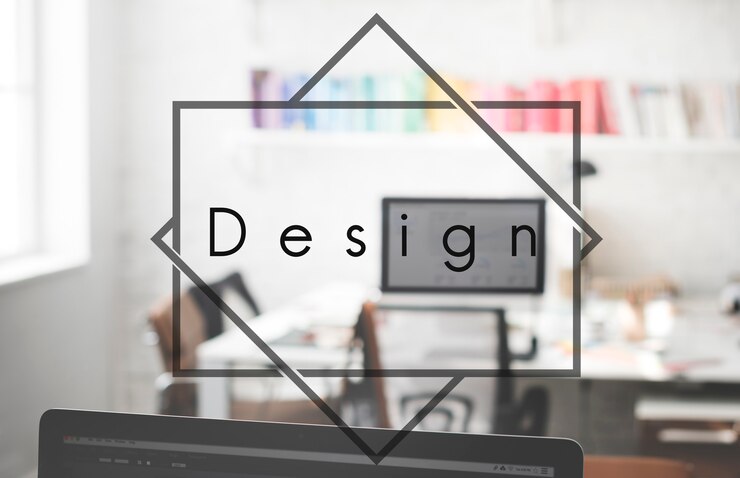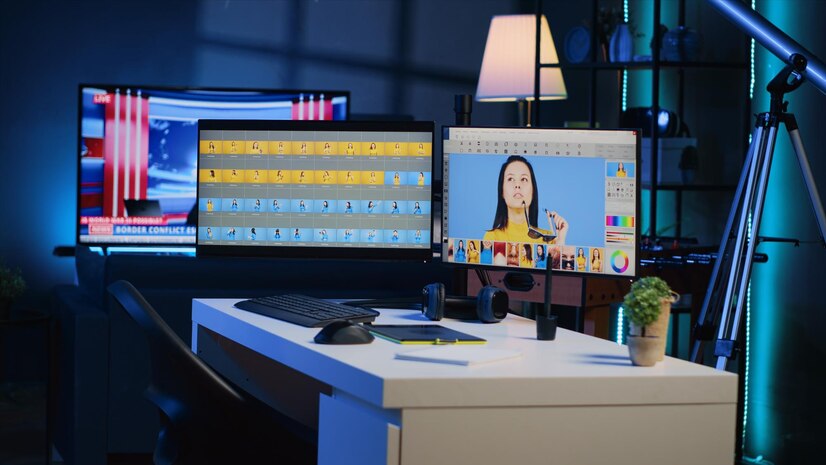Your logo is the face of your business, the visual ambassador that communicates your brand’s identity at a glance. It’s not just a design; it’s a powerful symbol that should resonate with your target audience. FIG Company is your go-to partner for logo design, and in this article, we’ll explore their expertise and provide insights on how to create an impactful logo that embodies your brand.
The Art of Logo Design
Logo design is a craft that marries aesthetics with strategic thinking. Here’s a step-by-step guide to creating a compelling logo, a process in which FIG excels:
- Understand Your Brand: Begin by gaining a deep understanding of your brand’s values, mission, and target audience. A strong logo should reflect and reinforce these elements.
- Research and Inspiration: Study your industry and competitors to identify trends and differentiators. Draw inspiration from various sources while maintaining originality.
- Simplicity Is Key: Simple logos are often the most memorable. Avoid clutter and overly intricate designs, as they can be confusing.
- Versatility: Your logo should work well in various sizes, from business cards to billboards. Versatility ensures it remains effective in all marketing collateral.
- Color Psychology: Colors evoke emotions and associations. Consider the message you want to convey and choose colors accordingly (more on this below).
- Fonts and Typography: Select fonts that align with your brand’s personality. Whether you opt for a classic serif or a modern sans-serif, consistency is key.
- Scalability: Logos should look crisp and clear at any size, whether it’s on a website header or a promotional pen.
Selecting the Perfect Corporate Logo
When choosing a corporate logo, keep these factors in mind:
- Relevance: Your logo should directly connect to your business. Avoid symbols or imagery that might confuse or mislead your audience.
- Timelessness: A logo should stand the test of time. Avoid trends that could quickly become outdated.
- Memorability: Strive for a design that’s easy to recall. Simplicity, unique features, and clever use of negative space can aid memorability.
- Uniqueness: Your logo should distinguish your brand from competitors. Plagiarism is a no-go.
- Scalability: Ensure your logo looks good in all applications, from websites to business cards.
Types of Logos
There are several types of logos to choose from:
- Wordmarks or Logotypes: These consist of the company’s name in a unique font style, such as the logos of Coca-Cola and Disney.
- Letter marks: These logos use initials or acronyms to represent the brand, as seen in IBM and NASA.
- Emblems: These incorporate the company name and symbol within a unified design, as seen in Starbucks and Harley-Davidson.
- Pictorial Marks: Pictorial marks use an easily recognizable image or symbol, as seen in the Apple or Twitter logos.
- Abstract Logos: These logos use abstract shapes or symbols, such as Nike’s swoosh.
- Combination Marks: These are a combination of wordmarks and pictorial elements, as seen in McDonald’s and Burger King logos.
Conclusion
Your logo is your brand’s visual signature. It should embody your brand’s values and speak to your audience. FIG Company is a master in the art of logo design, combining creativity, strategy, and technical expertise to create logos that make a lasting impact. By understanding your brand, conducting research, and adhering to design principles, FIG ensures that your logo becomes a powerful asset for your business. When it comes to selecting the right type of logo, consider the factors of relevance, timelessness, memorability, uniqueness, and scalability. With the right logo, your brand will not only stand out but also tell a compelling story to your audience.



